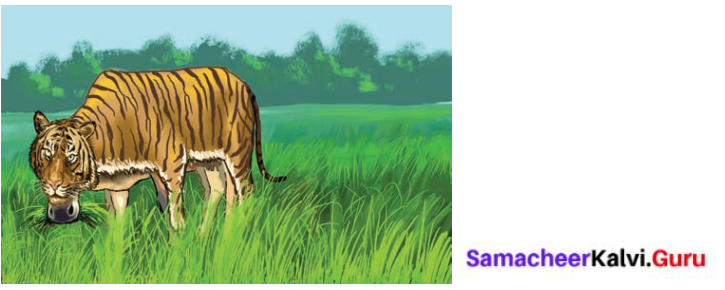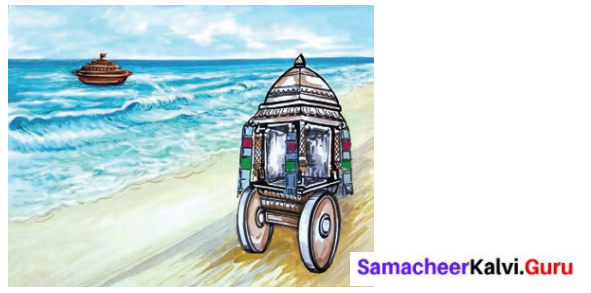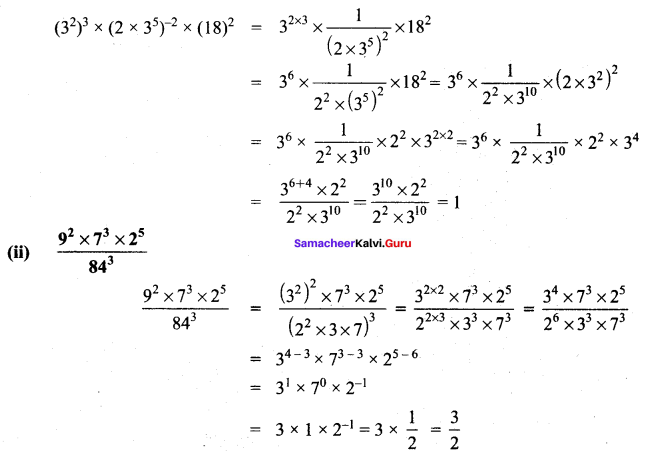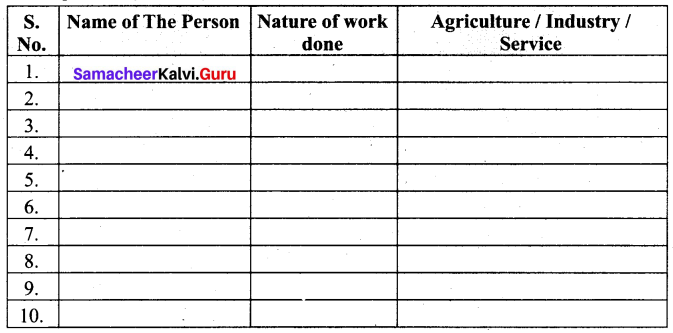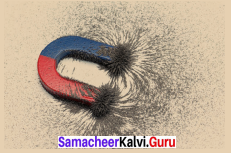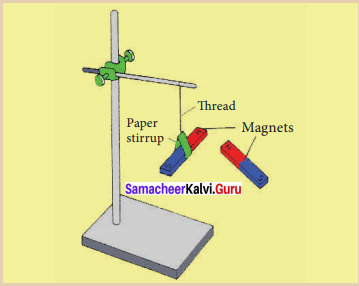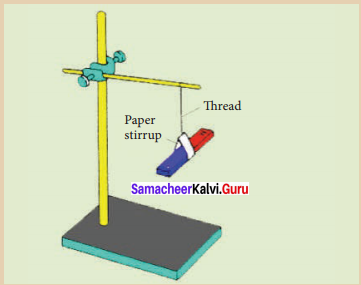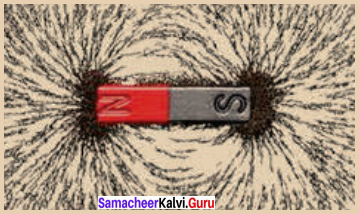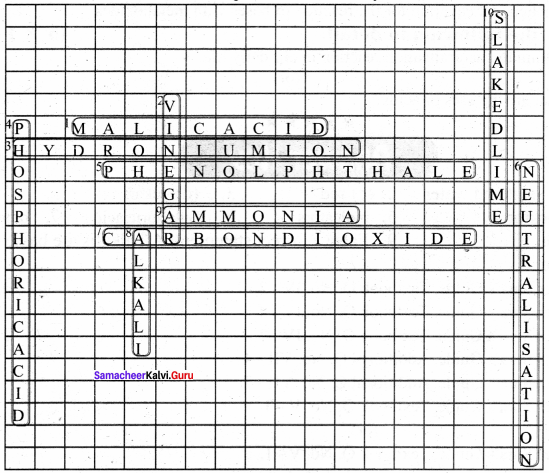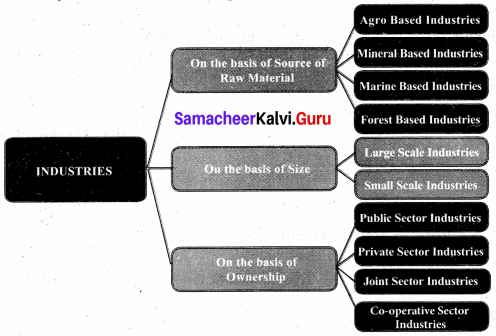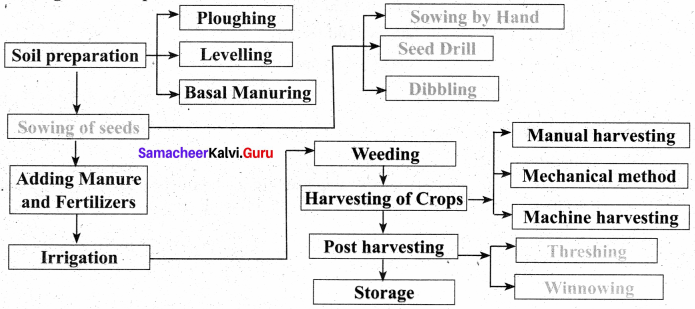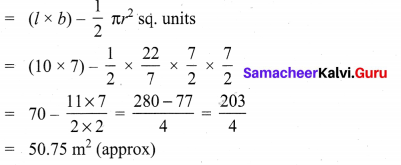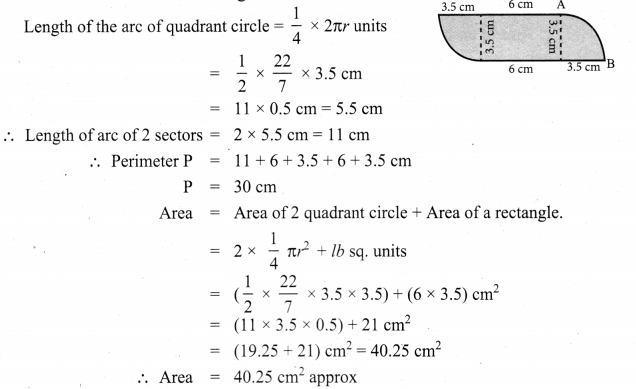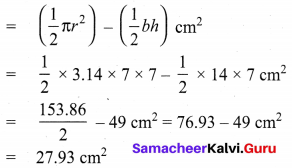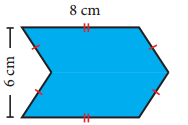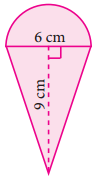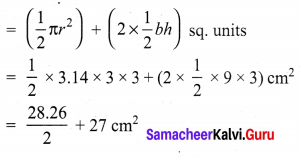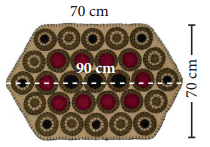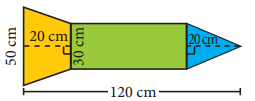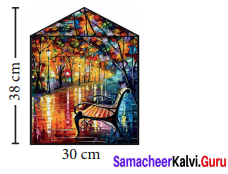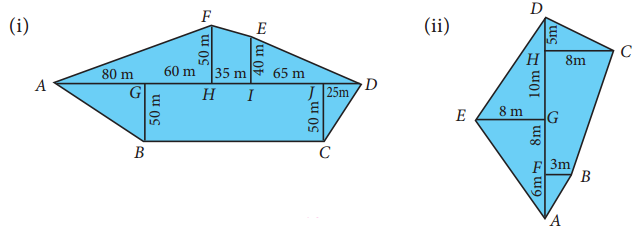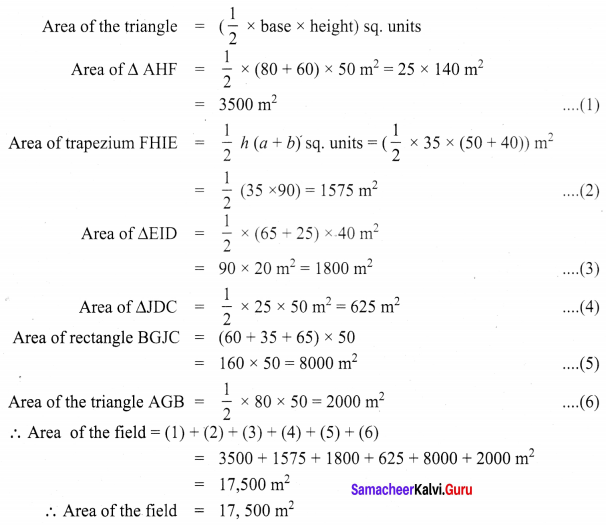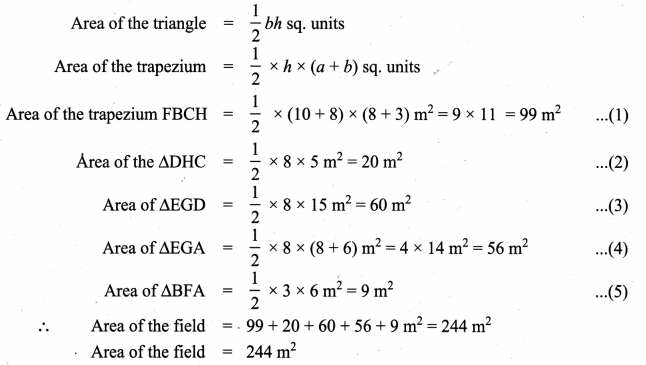Tamilnadu State Board New Syllabus Samacheer Kalvi 8th Tamil Book Solutions Guide Pdf Chapter 5.1 திருக்கேதாரம் Text Book Back Questions and Answers, Summary, Notes.
Tamilnadu Samacheer Kalvi 8th Tamil Solutions Chapter 5.1 திருக்கேதாரம்
கற்பவை கற்றபின்
Question 1.
தேவாரம் பாடிய மூவர் பற்றிய செய்திகளைத் திரட்டுக.
Answer:
திருஞானசம்பந்தர் :
- இயற்பெயர் – ஆளுடைய பிள்ளை
- பெற்றோர் – சிவபாத இருதயர், பகவதி அம்மையார்.
- ஊர் – சீர்காழி
தேவாரத்தின் முதல் நூலைப் பாடியவர். பன்னிரு திருமுறைகளில் ஒன்று, இரண்டு மற்றும் மூன்றாம் திருமுறை இவர் பாடியவை.
சிறு வயதில் மூன்று வயதுவரை பேசாதிருந்தார். உமையம்மை கொடுத்த ஞானப்பாலை உண்ணும்போது தோடுடைய செவியன் எனும் முதல் பாடலைப் பாடினார்.
திருநாவுக்கரசர் :
- இயற்பெயர் – மருள்நீக்கியார்
- சிறப்புப் பெயர்கள் – திருநாவுக்கரசர், வாகீசர், அப்பர், ஆளுடைய அரசு, தாண்டக வேந்தர், தருமசேனர்
- பெற்றோர் – புகழனார், மாதினியார்.
- தமக்கை – திலகவதியார்
- பிறந்த ஊர் – திருவாமூர்
இவர் பாடிய பாடல்கள் பன்னிரு திருமுறைகளுள் 4, 5, 6 ஆம் திருமுறைகளாகத் தொகுக்கப்பட்டுள்ளன.
சுந்தரர் :
- பிறந்த ஊர் – திருநாவலூர்
- பெற்றோர் – சடையனார், இசைஞானியார்.
- இயற்பெயர் – நம்பியாரூரர்
- சிறப்புப் பெயர்கள் – வன்தொண்டர், தம்பிரான் தோழர்.
இவருடைய பாடல்கள் ஏழாம் திருமுறையாகப் பன்னிரு திருமுறைகளுள் வைக்கப் பட்டுள்ளன.
பாடநூல் வினாக்கள்
சரியான விடையைத் தேர்ந்தெடுத்து எழுதுக.
Question 1.
காட்டிலிருந்து வந்த …………………… கரும்பைத் தின்றன.
அ) முகில்கள்
ஆ) முழவுகள்
இ) வேழங்கள்
ஈ) வேய்கள்
Answer:
இ) வேழங்கள்
Question 2.
‘கனகச்சுனை’ என்னும் சொல்லைப் பிரித்து எழுதக் கிடைப்பது ………………………..
அ) கனகச் + சுனை
ஆ) கனக + சுனை
இ) கனகம் + சுனை
ஈ) கனம் + சுனை
Answer:
இ) கனகம் + சுனை
Question 3.
முழவு + அதிர என்பதனைச் சேர்த்தெழுதக் கிடைக்கும் சொல் …………………….
அ) முழவுதிர
ஆ) முழவுதிரை
இ) முழவதிர
ஈ) முழவு அதிர
Answer:
இ) முழவதிர
குறுவினா
Question 1.
தமிழ் இசையோடு இணைந்து இசைக்கும் இசைக்கருவிகளாகச் சுந்தரர் கூறுவன யாவை?
Answer:
புல்லாங்குழல் மற்றும் முழவு ஆகியவற்றைத் தமிழ் இசையோடு இணைந்து இசைக்கும் இசைக் கருவிகளாகச் சுந்தரர் கூறுகின்றார்.
சிறு வினா
Question 1.
திருக்கேதாரத்தைச் சுந்தரர் எவ்வாறு வருணனை செய்கிறார்?
Answer:
- பண்ணோடு சேர்ந்த இனிய தமிழ்ப் பாடல்களைப் பாடும் போது, அதற்கு ஏற்றவாறு முதிர்ந்த மூங்கில்களால் ஆன புல்லாங்குழலும் முழவும் இணைந்து ஒலிக்கும்.
- கண்களுக்கு இனிய குளிர்ச்சிதரும் ஒளியை உடைய பொன் வண்ண நீர் நிலைகள் வைரங்களைப் போன்ற நீர்த் திவலைகளை வாரி இறைக்கும்.
- நிலத்தின் மீது நின்று கொண்டிருக்கும் மத யானைகள் மணிகளை வாரி வாரி வீசும். இவற்றால் இடையறாது தோன்றும் ‘கிண்’ என்னும் ஒலியானது இசையாக முழங்கும்.
- இத்தகைய சிறப்புகள் உடைய நகரம் திருக்கேதாரம் என்று சுந்தரர் வருணனை செய்கிறார்.
சிந்தனை வினா
Question 1.
விழாக்களின்போது இசைக்கருவிகளை இசைக்கும் வழக்கம் எவ்வாறு தோன்றியிருக்கும்
Answer:
என எழுதுக.
திருவிழாக் கூட்டத்தில் இரைச்சலைக் குறைக்கவும், திருவிழா நிகழ்வு நடக்கப் போகிறது என்பதை அறிவிக்கவும், இசைக்கு மயங்காத உயிர்கள் இல்லை. அந்த உயிர்களைப் படைத்த இறைவன் இசையை விரும்புவான். அதனால் விழாக்களின்போது இசைக்கருவிகள் இசைக்கும் வழக்கம் ஏற்பட்டிருக்கலாம்.
இசைக்கருவிகளை இசைக்கும் போது உணர்ச்சிப் பெருக்கும், பக்திப்பெருக்கும் ஏற்படுவதாலும் விழாக்களின் போது இசைக் கருவிகளை இசைக்கும் வழக்கம் தோன்றியிருக்கும்.
கூடுதல் வினாக்கள்
சரியான விடையைத் தேர்ந்தெடுத்து எழுதுக.
Question 1.
‘நம்பியாரூரர், தம்பிரான் தோழர்’ என்னும் சிறப்புப் பெயர்களால் அழைக்கப்பட்டவர்
அ) சுந்தரர்
ஆ) திருநாவுக்கரசர்
இ) மாணிக்கவாசகர்
ஈ) திருஞானசம்பந்தரர்
Answer:
அ) சுந்தரர்
Question 2.
தேவாரத்தைத் தொகுத்தவர் ……………………
அ) நம்பியாண்டார் நம்பி
ஆ) திருநாவுக்கரசர்
இ) சுந்தரர்
ஈ) திருஞானசம்பந்தர்
Answer:
அ) நம்பியாண்டார் நம்பி
Question 3.
பன்னிரு திருமுறைகளுள் ஏழாம் திருமுறையை இயற்றியவர் ……………………..
அ) திருஞானசம்பந்தர்
ஆ) சுந்த ரர்
இ) சேக்கிழார்
ஈ) நம்பியாண்டார் நம்பி
Answer:
ஆ) சுந்தரர்
Question 4.
‘திருக்கேதாரம்’ எனும் தலைப்பில் அமைந்த கவிதைப் பேழை பாடலை இயற்றியவர்
அ) நம்பியாண்டார் நம்பி
ஆ) சேக்கிழார்
இ) சுந்தரர்
ஈ) திருநாவுக்கரசர்
Answer:
இ) சுந்தரர்
Question 5.
பதிகம் என்பது ……………………. பாடல்களைக் கொண்டது.
அ) ஆறு
ஆ) நூறு
இ) பத்து
ஈ) இருபது
Answer:
இ) பத்து
Question 6.
பொன் வண்ண நிறமாக இருந்தவையாகச் சுந்தரர் குறிப்பிடுவன …………………….
அ) நீர்த்திவலைகள்
ஆ) நீர்நிலைகள்
இ) மணல்
ஈ) புல்லாங்குழல்
Answer:
ஆ) நீர்நிலைகள்
Question 7.
வைரங்களைப் போல இருந்தவையாகத் திருக்கேதாரம் குறிப்பிடுவன …………………
அ) புல்லாங்குழல்
ஆ) முழவு
இ) நீர்த்திவலைகள்
ஈ) நீர்நிலைகள்
Answer:
இ) நீர்த்திவலைகள்
குறுவினா
Question 1.
தேவாரம் பாடிய மூவர் யார்?
Answer:
திருஞானசம்பந்தர், திருநாவுக்கரசர், சுந்தரர்.
Question 2.
தேவாரம் பெயர்க்காரணம் கூறுக.
Answer:
- இறைவனுக்குச் சூட்டப்படும் மாலை (தே + ஆரம்)
- இனிய இசை பொருந்திய பாடல் (தே + வாரம்)
Question 3.
கண்ணுக்குக் குளிர்ச்சி தருபவை என்று சுந்தரர் எவற்றைக் குறிப்பிடுகிறார்?
Answer:
பொன் வண்ண நீர்நிலைகள் கண்களுக்கு இனிய குளிர்ச்சி தரும் என்று சுந்தரர் குறிப்பிடுகிறார்.
Question 4.
நீர் நிலைகள் மற்றும் நீர்த் திவலைகள் ஆகியவற்றிற்குக் கூறப்பட்ட உவமை யாது?
Answer:
- நீர் நிலைகள் – பொன்வண்ணம்
- நீர்த்திவலைகள் – வைரம்
Question 5.
மத யானைகளின் செயல்களாகச் சுந்தரர் குறிப்பிடுவன யாவை?
Answer:
நிலத்தின் மீது நின்று கொண்டிருக்கும் மத யானைகள் மணிகளை வாரி வாரி வீசும் என்று சுந்தரர் குறிப்பிடுகிறார்.
சிறுவினா
Question 1.
சுந்தரர் குறிப்பு வரைக.
Answer:
தேவாரம் பாடிய மூவரில் ஒருவர்.
சிறப்பு பெயர் : நம்பியாரூரர், தம்பிரான் தோழர்.
படைப்புகள் : பன்னிரு திருமுறைகளுள் ஏழாம் திருமுறை.
சொல்லும் பொருளும்
பண் – இசை
கனகச்சுனை – பொன் வண்ண நீர்நிலை
மதவேழங்கள் – மத யானைகள்
முரலும் – முழங்கும்
பழவெய் – முதிர்ந்த மூங்கில்
